
Nigerian Jollof rice is one of the most common and accessible foods in Nigeria. It is easy to prepare and doesn’t cost much. With as low as N3000, you can prepare a nice plate of spicy Jollof rice here in Northern Nigeria.
There are various ways of making Nigerian Jollof. My recent favourite is the Native Jollof rice. A traditional delicacy that is not only affordable but has a distinct taste. This taste lies in the use of additional ingredients.
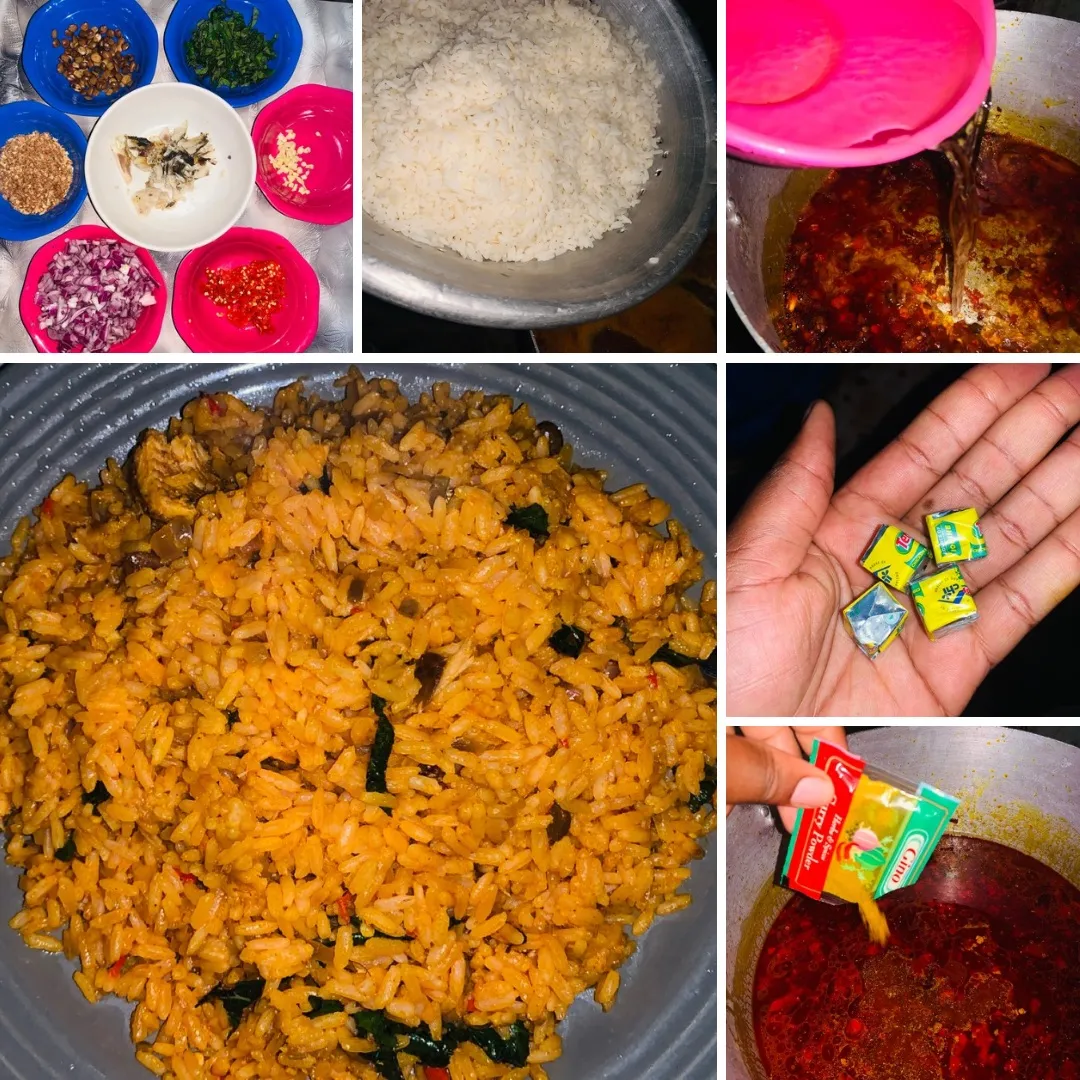
Since I was craving Native Jollof, I decided to make it. Guess how much this cost me? N3000! Doesn’t sound believable? I’d understand why you’d think so. There’s always difference in the cost of living. But let’s move forward.
To prepare what I can eat, I used the following ingredients:
- 1/2 tier of Rice
- One large spoon of palm oil
- Two large onions
- One sachet of Tomato paste
- 1/4 of Garlic (bulb)
- Smoked fish
- Locust beans (Iru)
- 8 red cayenne (Sokoto) peppers
- Crayfish
- Four cubes of Terra seasoning
- 4 stalks of scent leaves (Nchawu)
- Onga stew seasoning
- Curry (powder)
- Salt to taste
HOW TO PREPARE:
PREP
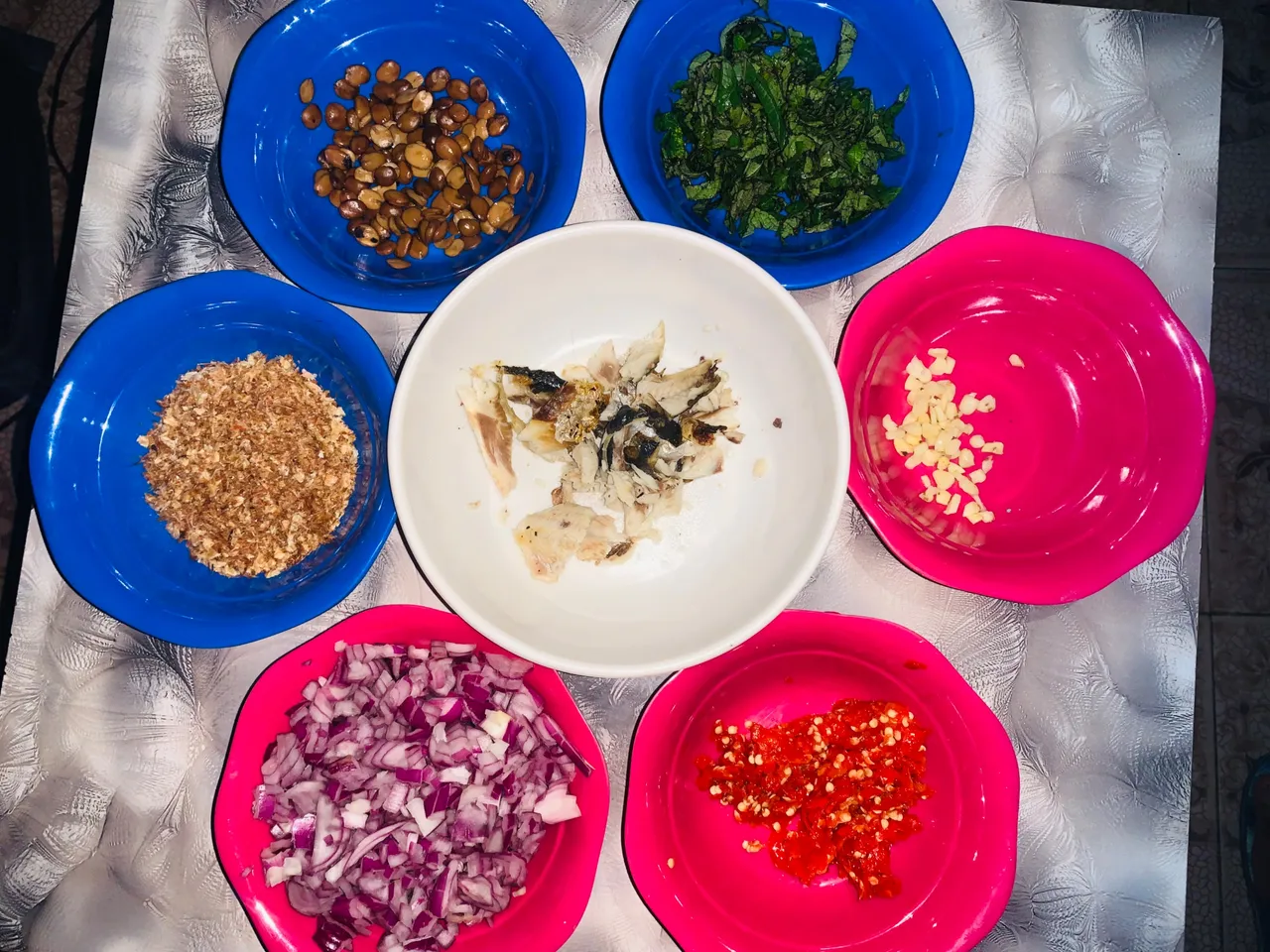
First, I prepared all my ingredients while the rice was on fire. I parboiled it so I let it cook for 10 minutes in boiling water while I prepped all I needed.
This included washing and pounding my pepper, deboning the smoked fish, dicing the garlic, and chopping the onions & scent leaves.
Remember to wash your locust beans as well and have all seasonings open and within easy reach.
COOK
When the rice had boiled for ten minutes, I took it down into my sieve and rinsed with clean water to rinse off the starch. We do this to prevent the rice from becoming sticky.
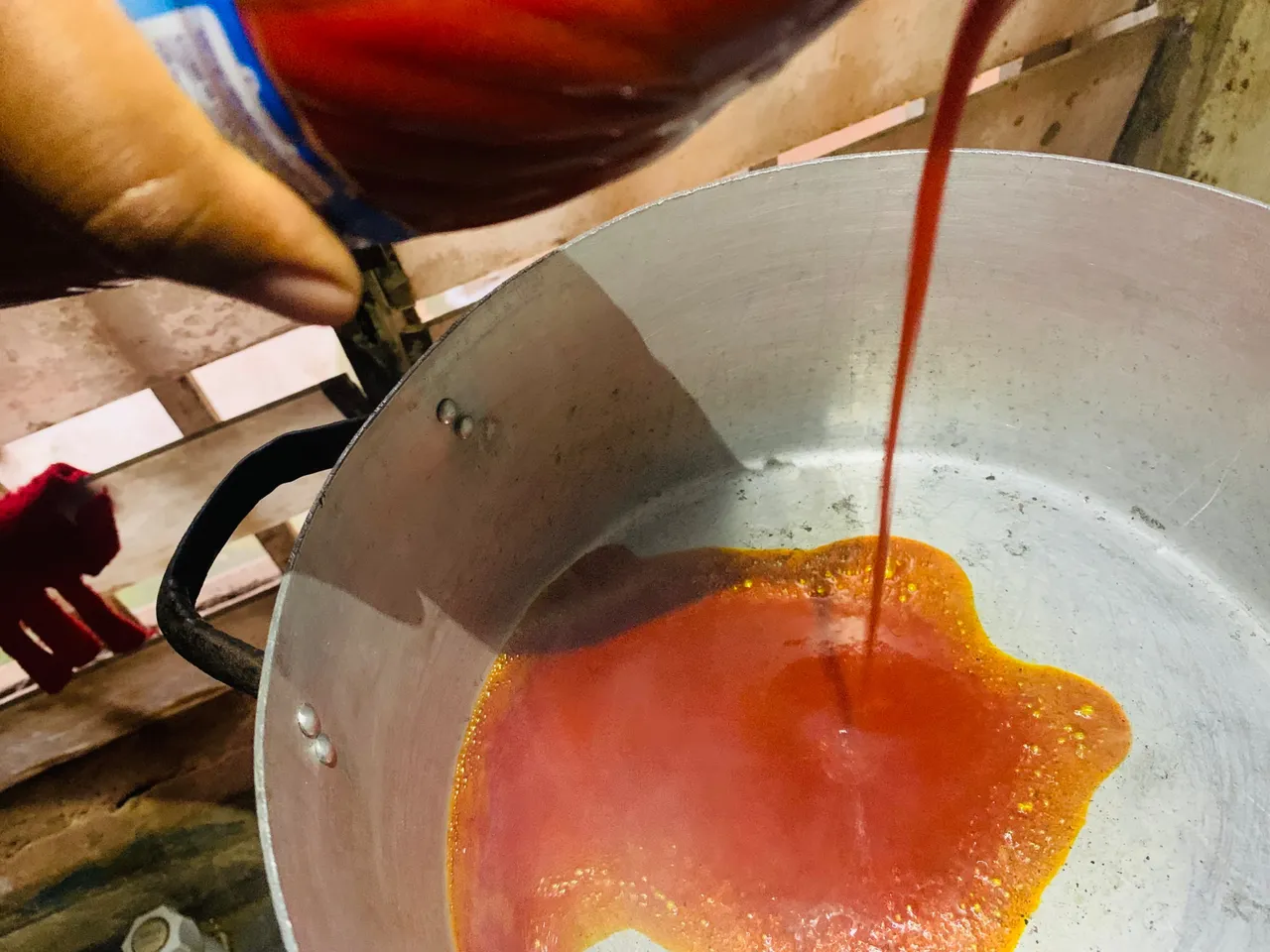
Then, I let the pot heat up and dry up whatever water was left in it before adding my palm oil. Be careful of overheating.

Following that, I added in my onions and let it fry till it turned a little translucent with the aroma permeating the air.
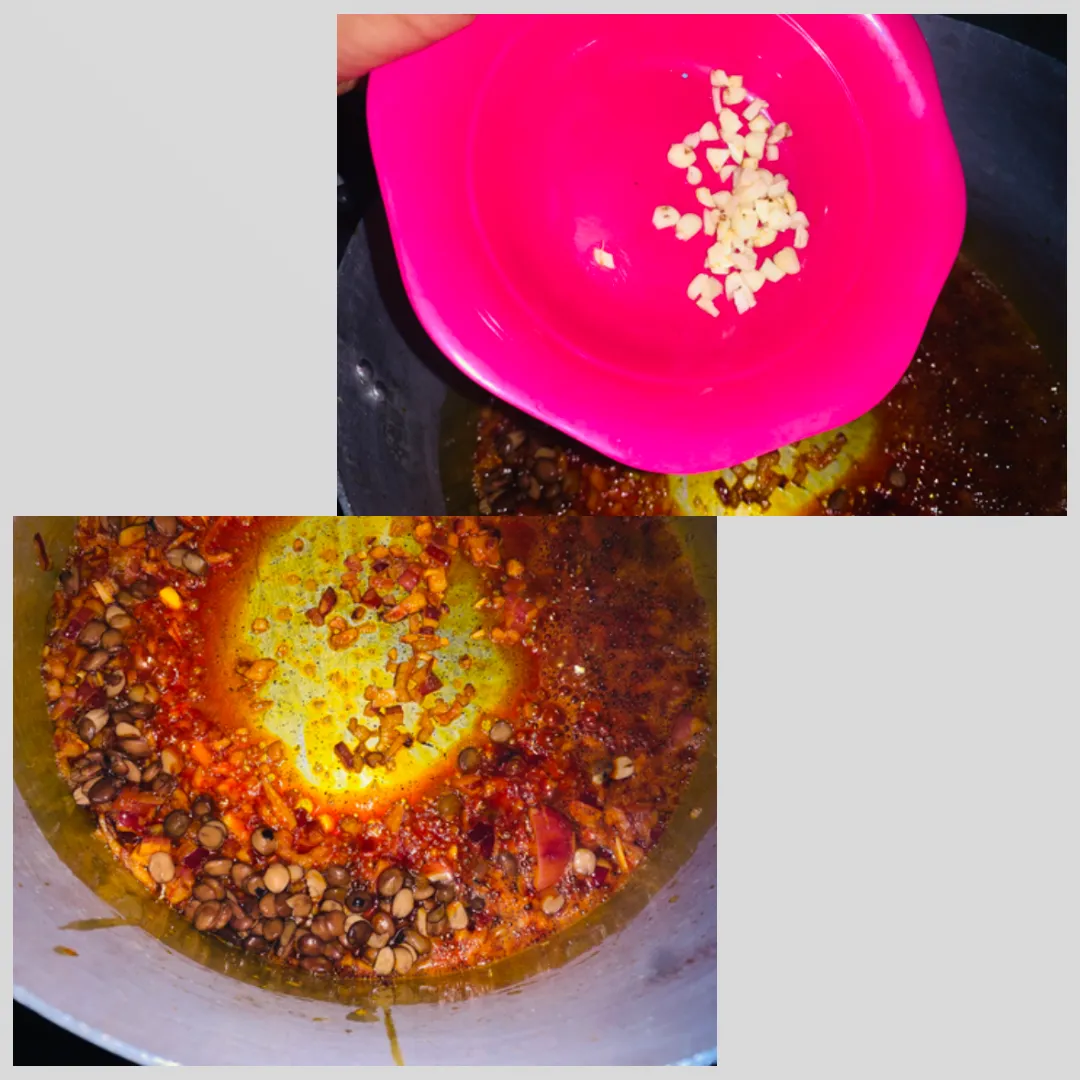
My garlic and Locust beans followed. The reason for frying these is to release the taste into the pot. These ingredients (especially Iru) carries that traditional flavour I am after.
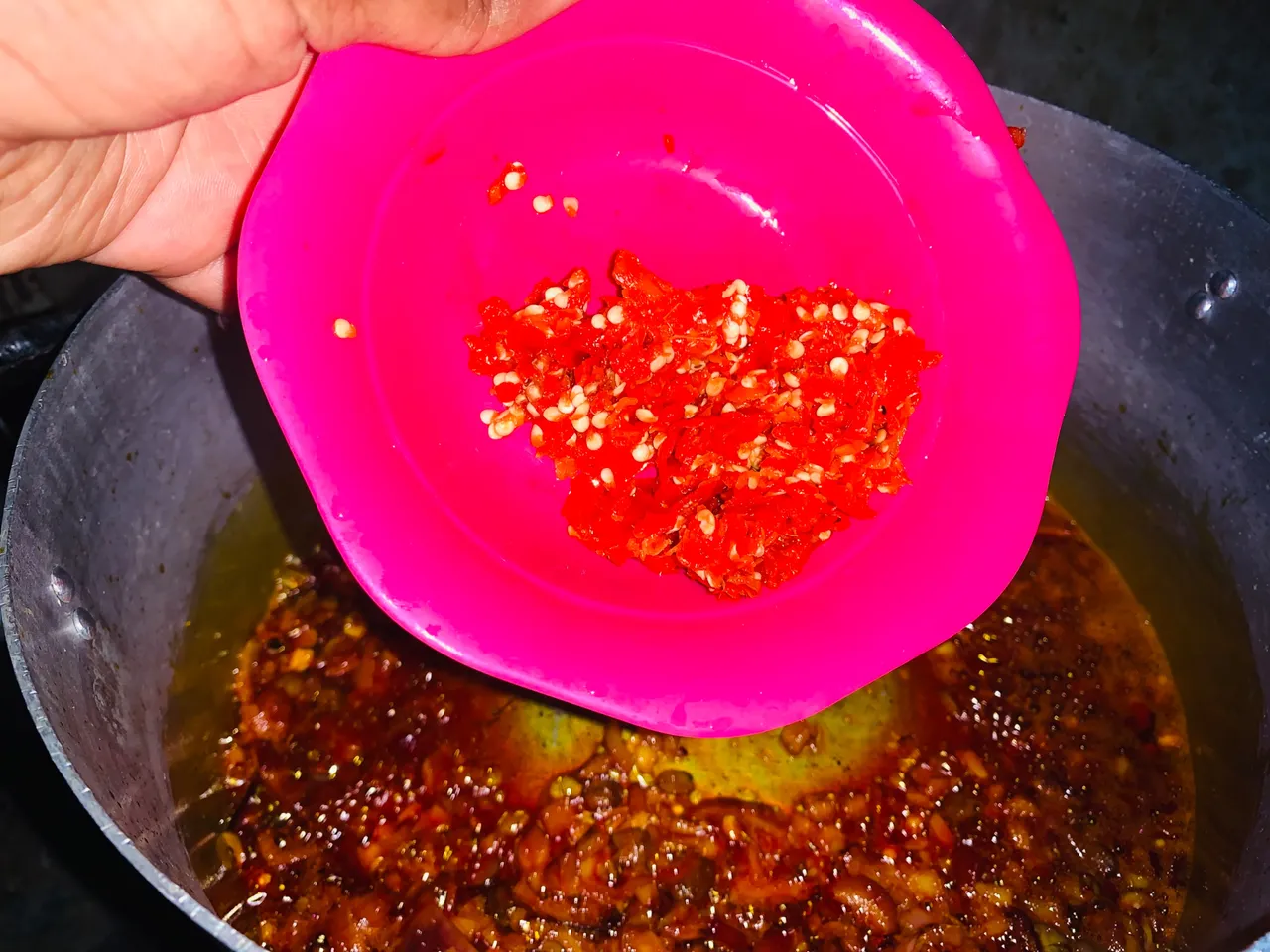
I added my pounded fresh pepper. Mind you, I don’t like it smooth. When it comes to the Native Jollof, I like to see the pepper traces especially their seeds. The reason I am frying the pepper rather than adding it to the water later is because Cayenne pepper (known as Sokoto pepper here) is extremely hot. I have a low spice tolerance so frying it in the palm oil (which is known to temper down the hotness of flavours) on heat reduces the intensity of the spice.
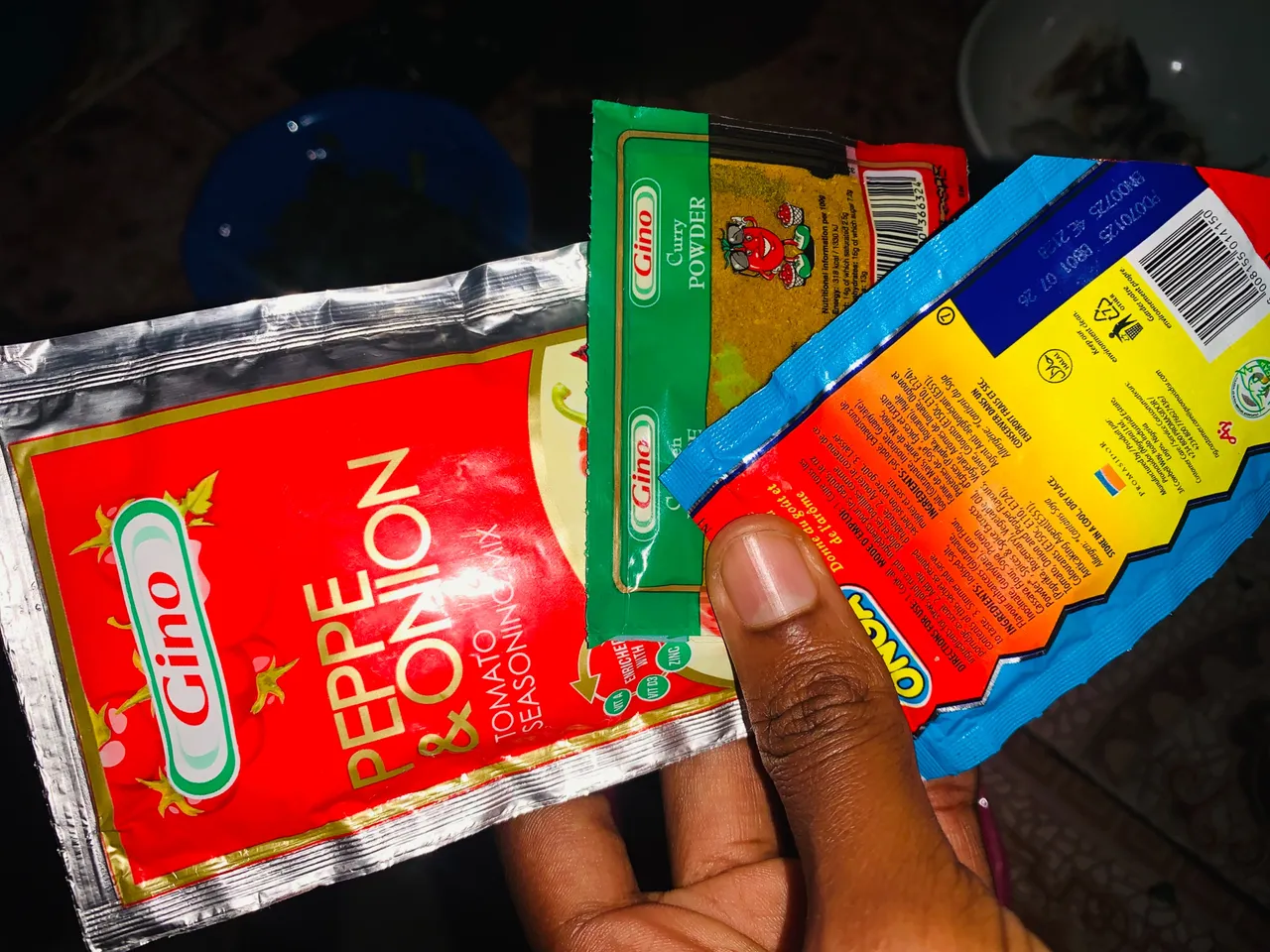
The next was the sachet tomato and the onga spice added into the oil to fry as well. Onga has a strong taste and it could mess with the flavor of the Jollof. To avoid that, I fry it like the pepper to kill that taste and preserve my Jollof while maximising the benefits of the onga spice.
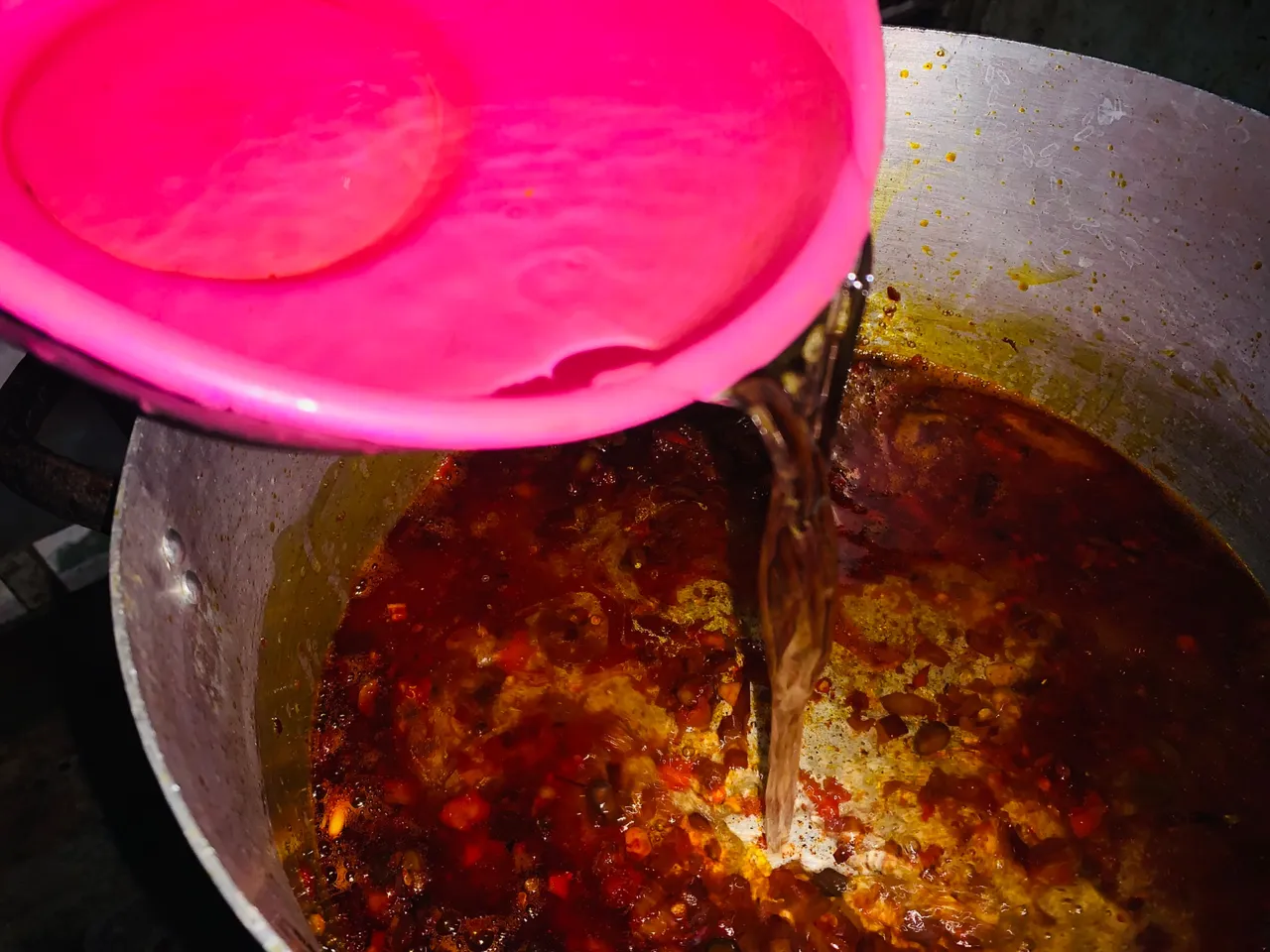
I let it fry for about three minutes. The mix was now thick, so I kept stirring to prevent it from burning. After that, I poured a bowl of ordinary water. I do not know the exact measurement but I tasted the rice to gauge the amount of water I would need.
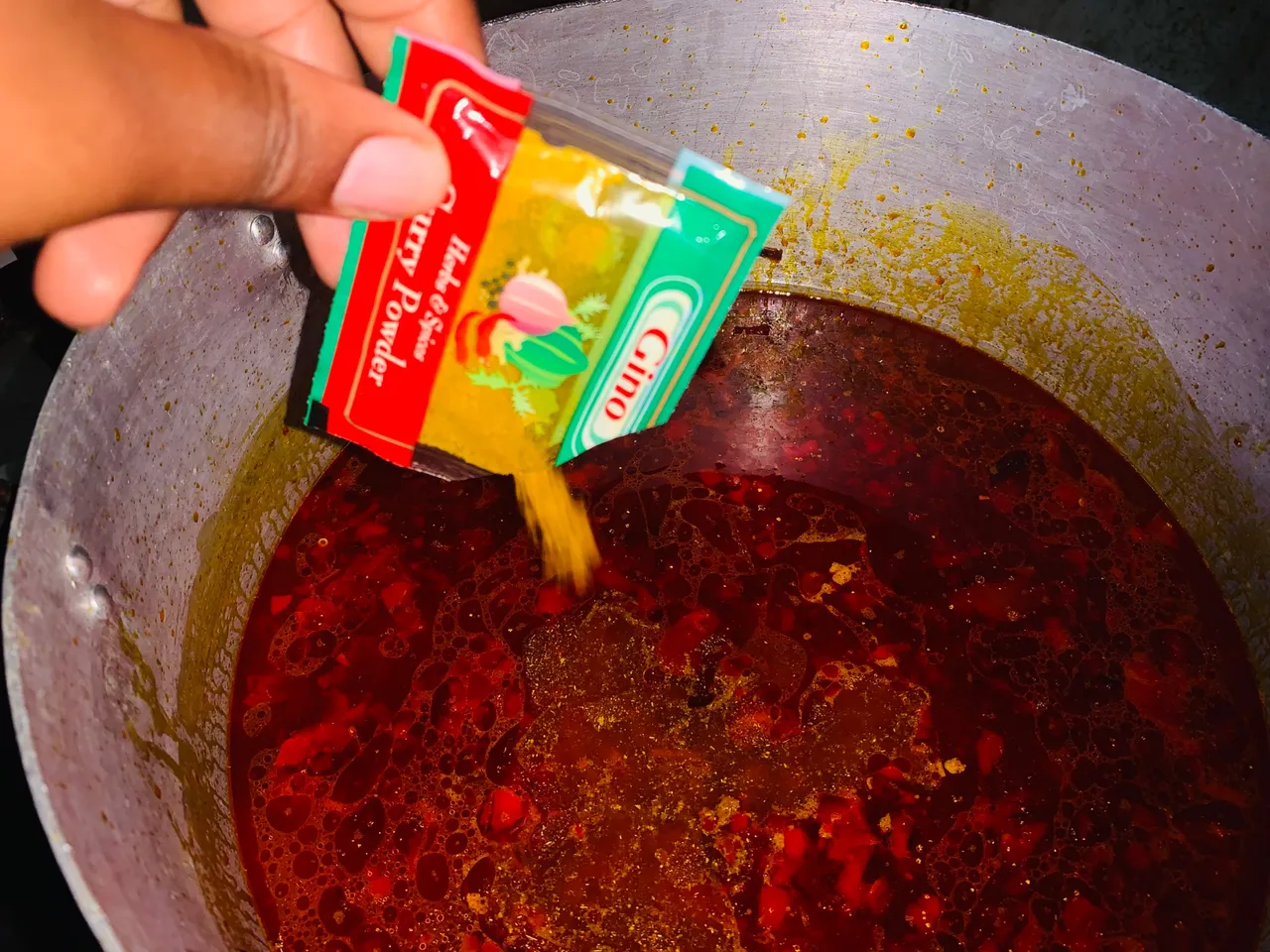
- Then I added my curry,

- Grinded crayfish,
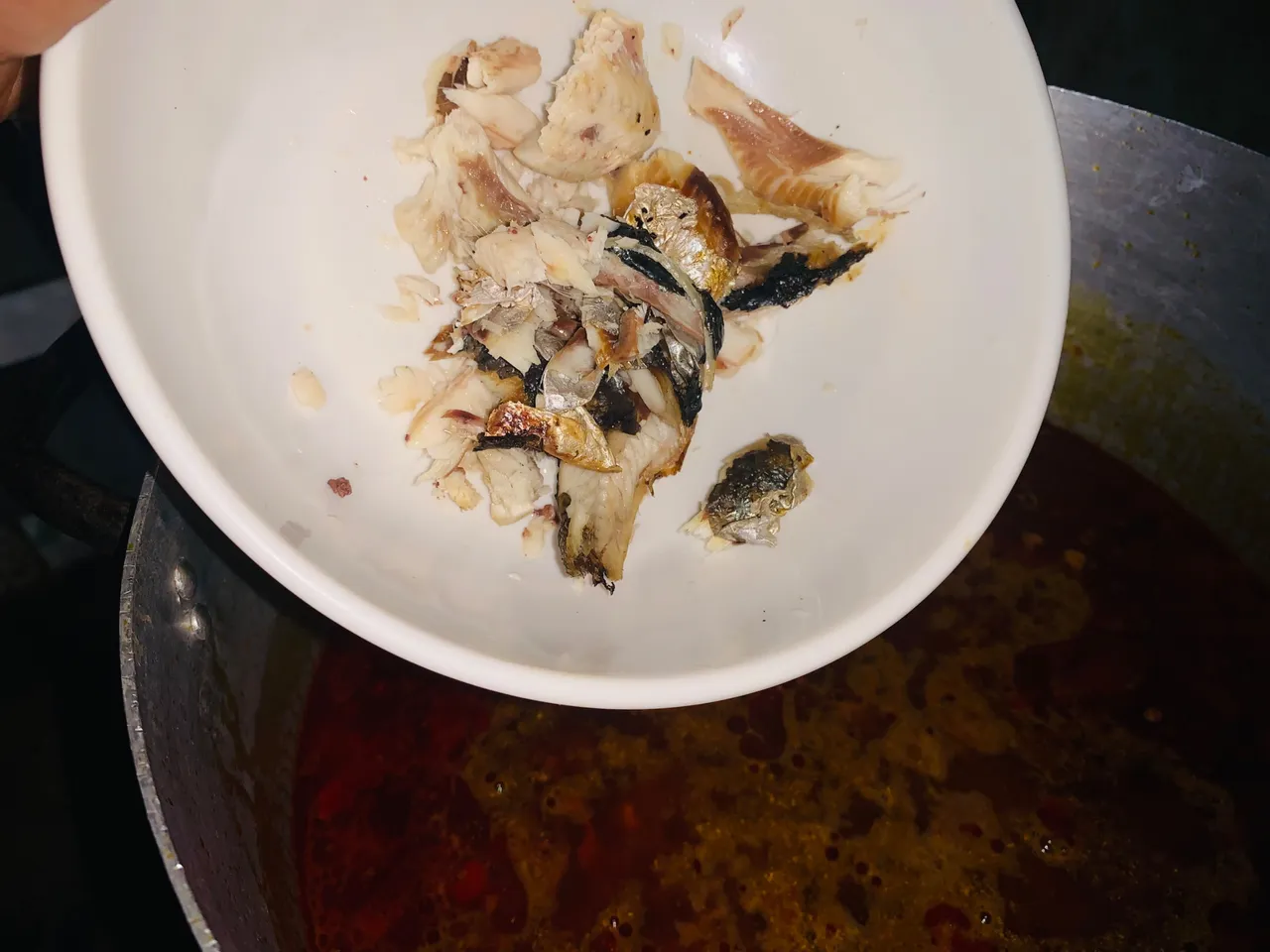
- Smoked fish (this is also an essential ingredient), and

- Crushed four Terra seasoning cubes into the mix.
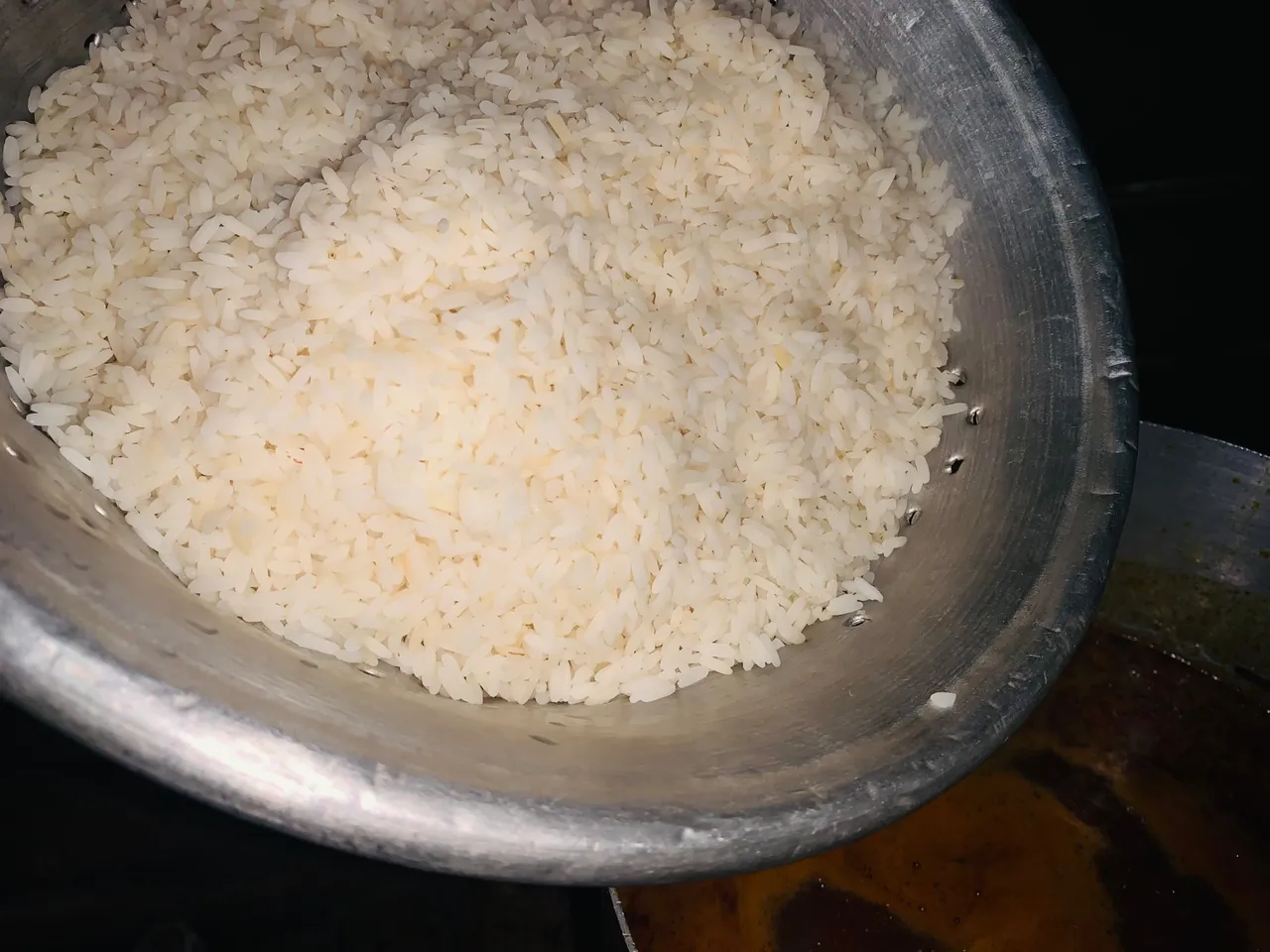
- I left it to boil before adding my rice into the pot.
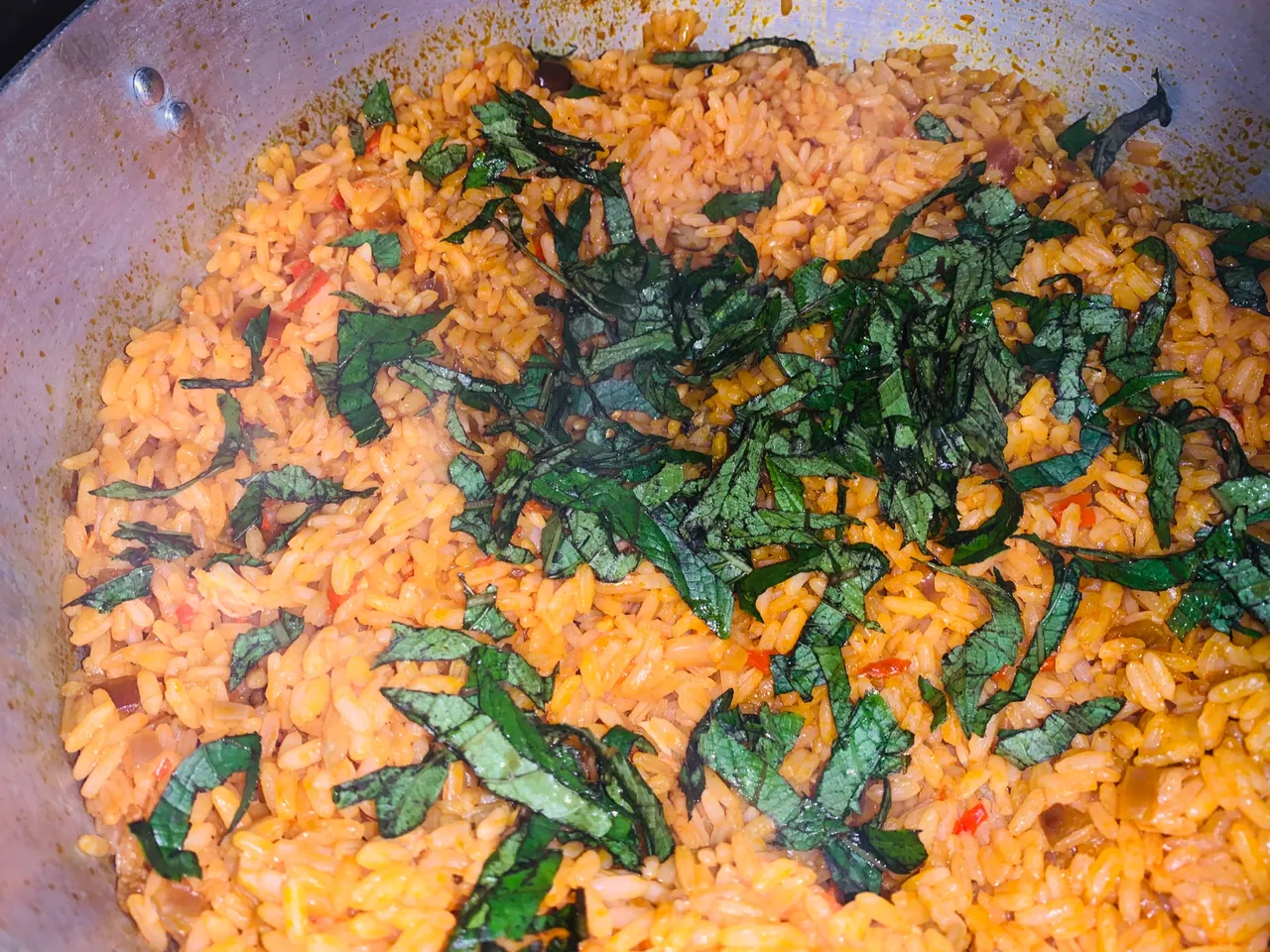
When the water dried, I spread the chopped Scent leaves over the rice. Scent leaf is a soft vegetable and doesn’t need too much heat. This is why it was the last ingredient to go into the pot and only for a minute.

Food is served. You can always choose to serve yours with the meat of your choice but mine was the fish. I enjoyed this. It was all I wanted and I didn’t have to break my back for it. I am always open to suggestions and ideas. Do you know of the Native Jollof? How do you prepare yours?
